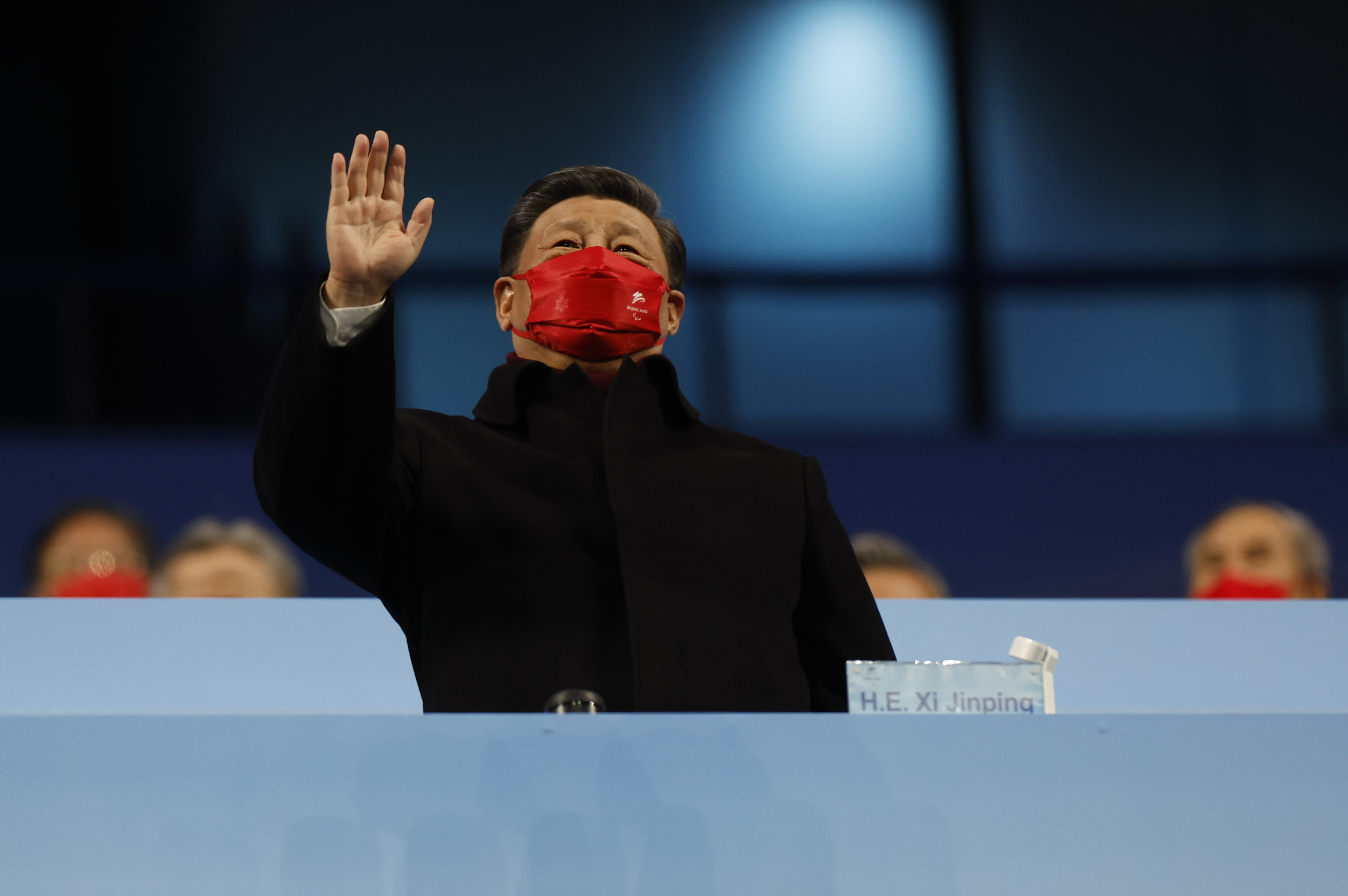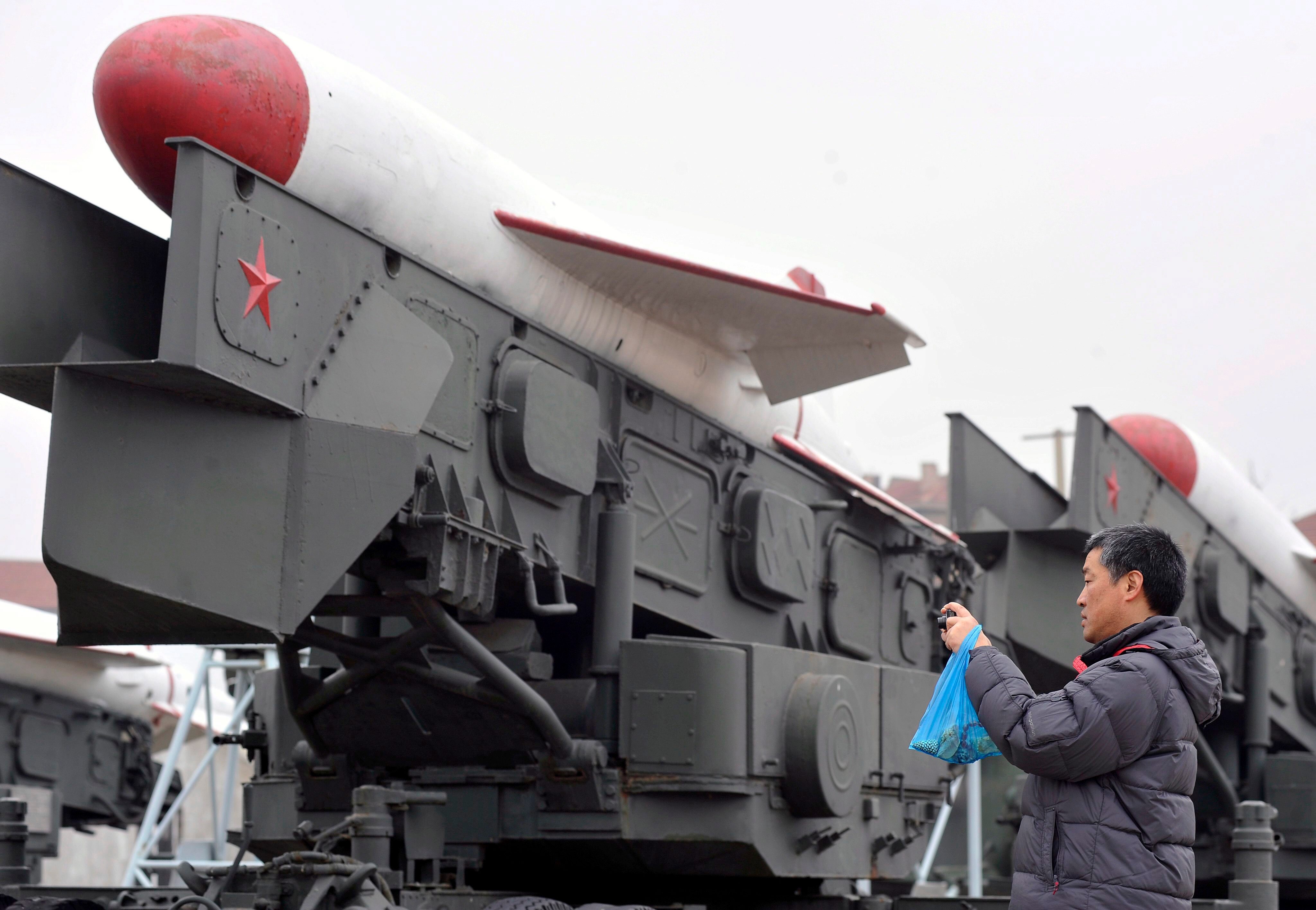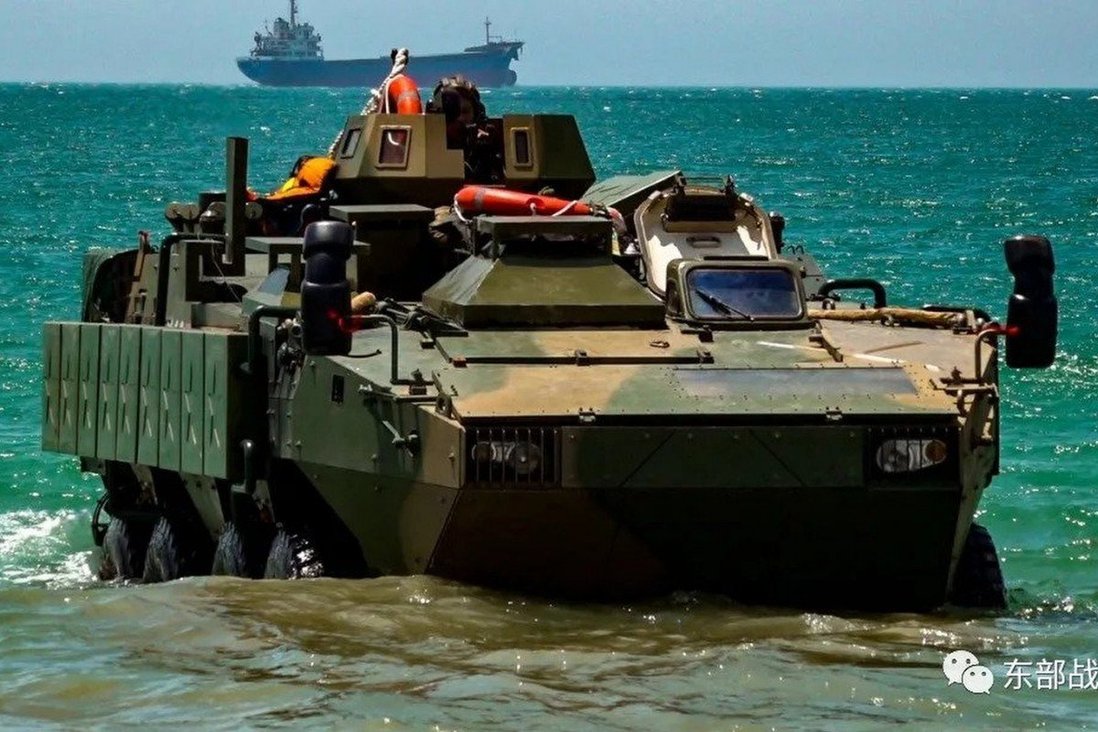:quality(85)/cloudfront-us-east-1.images.arcpublishing.com/infobae/JSRKKSWJXZCAHGYHIADJSA7ZLE.jpg 420w)
The consequences of Russia's invasion of Ukraine continue to impact around the world, including in Latin America and the Caribbean. During his meeting with Colombian President Ivan Duque last week, US President Joe Biden praised Colombia for condemning the actions of Russian President Vladimir Putin and announced that the US will designate Colombia as an important ally outside NATO.
This means one more partner for Latin America in the fight to oppose Russia's global influence, especially as Russia strengthens its ties with authoritarian regimes in Venezuela, Cuba and Nicaragua. But there is also a long-term strategy facing the US and its Latin American and Caribbean partners: China's growing presence in the region and, in particular, its military presence.
Experts in Latin America have discussed Beijing's trade and investment in the region, especially those projects carried out under the firm Belt and Road Initiative (BRI). Twenty-one Latin American and Caribbean countries now have a partnership with BRI, according to the Congressional Research Service, including Argentina, the group's most recent signatory and largest economy. Focusing predominantly on China's economic and trade relations with the region, however, misses an alarming trend seen in other parts of the world, which could be repeated in Latin America and the Caribbean: China often takes advantage of seemingly harmless commercial interests for military purposes.

The People's Liberation Army (PLA) has been strengthening its military-to-military relations with Latin America and the Caribbean in recent decades. Since the beginning of the 2000's, top leaders have made more than 200 visits to the region to meet their counterparts. China has established a high-level defense forum with the Community of Latin American and Caribbean States (CELAC) and provides military professional education for military personnel from Latin America and the Caribbean. The PLA also sends its own military personnel to the region for special jungle warfare training. China has sold weapons, planes, tanks and other military equipment to several countries in Latin America and the Caribbean, including Venezuela, Argentina and Bolivia, and that has helped its partners develop space satellites and ground control architecture. The People's Liberation Army Navy has also visited several ports in the region, some as close to the United States as Cuba.
This burgeoning military relationship is likely to deepen as China seeks more ways to project its global power. For example, the joint action plan between China and CELAC stipulates that the defence forum will continue to deepen cooperation in the fight against transnational organized crime, nuclear proliferation and violent extremism. In addition, current trends in the region, such as Nicaragua's recent shift in diplomatic relations from Taiwan to China and the upcoming elections in key security partners in the US, Colombia and Brazil, where left-wing candidates are currently leading the polls, augur well for deeper Chinese engagement
As its influence in the region grows, China could use its military ties as a bargaining chip to pressure the US and its allies, perhaps threatening to send troops or increase personnel and equipment in countries close to the US border. Even before Russia invaded Ukraine, Russian Deputy Foreign Minister Sergei Ryabkov said that Moscow could “neither confirm nor exclude” the deployment of troops and equipment in Venezuela and Cuba if tensions with the US escalated over Ukraine. Just a few weeks ago, a Russian delegation led by Deputy Prime Minister Yuri Borisov visited Venezuela, Nicaragua and Cuba, signing a series of cooperation agreements. In fact, there is little to prevent China from borrowing Russia's playbook if tensions with the US and its allies rise over Taiwan or the southern China Sea. The Russian doctrine has linked its European policy to the need to counter the US in Latin America.
More covertly, two recent developments in the Middle East and Africa may serve as precursors for Latin American and Caribbean countries in terms of how China's economic ties with the region serve as an incursion to develop its military capabilities there as well. China has allegedly attempted to build a clandestine military installation in a port in the United Arab Emirates and is reportedly trying to build a military base in Equatorial Guinea.

In recent years, China has become one of the largest trading partners of the United States of America and the largest consumer of oil in the Gulf. It is not surprising, then, that the Chinese shipping conglomerate Cosco has built and now operates a commercial container terminal in the port of Khalifa, some 50 miles north of Abu Dhabi, to facilitate these trade ties. However, the Wall Street Journal reported last November that US intelligence agencies detected a large excavation site in the port, which they suspected of military purposes. Apparently, the Emirati government was unaware of the military nature of the project, and construction of that facility has stopped for now. The United Arab Emirates denied that there was any plan or agreement to house any type of Chinese military installation and the Chinese Embassy in Washington remained silent on the issue.
In December 2021, the Journal reported that China sought to establish its first permanent military presence in the Atlantic Ocean, probably in Equatorial Guinea at the port of Bata, a deep-water commercial port in the Gulf of Guinea built and developed by two Chinese state-owned companies, China Communications Construction Co. and China Road and Bridge Corp. In a testimony before Congress in April 2021, General Stephen Townsend, head of the US Africa Command, stated that China's “most significant threat” would be to establish a port in the Atlantic “where they can rearm themselves with ammunition and repair warships.” Neither the Minister of Oil of Equatorial Guinea nor his ambassador to the US responded to the Journal's queries.
These two events are part of a disturbing pattern by which China has attempted to expand infrastructure projects, some implemented under the BRI, beyond their original purpose. Chinese military officials, legislators, and analysts will often avoid the term “overseas military base” because it carries the historical baggage of European colonialism; rather, they use the term “strategic strengths” to ensure naval access and resupply. When the PLA established its first naval base in Djibouti in 2017, it called the base a “logistics facility” and its stated intention was to conduct peacekeeping and anti-piracy operations. However, the PLA is now building a large naval dock on that base that could house an aircraft carrier. The PLA Navy could also use port projects in Pakistan and Sri Lanka for naval access.

Across the Atlantic, in Latin America and the Caribbean, China has built the trade bases necessary to advance a similar strategy. Over the past two decades, Chinese companies have built or plan to build 150 transport infrastructure projects, and dozens of them have port facilities or expansion elements.
! These [projects] include seven PRC port operations; Hutchison Port Holdings, based in the People's Republic of China, Mexico, three in Panama, three in the Bahamas, and one in Buenos Aires, Argentina,” said Evan Ellis, a professor at the U.S. Army War School at the U.S. Economic and Security Review Commission and China last year. In addition, Ellis said that Chinese companies are also involved in port construction projects in Brazil, Peru, Ecuador and Jamaica and that “there is potential for Chinese advances in ports in other areas as well,” including El Salvador, the Dominican Republic and Guyana.
All these port projects are located around maritime communication lines and strategic bottlenecks essential for world trade and military operations, especially port operations around the Panama Canal, the Caribbean, and a possible “polar logistics” facility in Ushuaia, Argentina, nearby of the Strait of Magellan and the closest starting point to Antarctica. It is possible that these ports are for “dual use” purposes, which means that the PLA Navy may request naval access in the near future.
*Leland Lazarus, special assistant and speechwriter to General Laura Richardson, combatant commander of the US Southern Command and Ryan C. Berg, senior member of the Americas Program at the Center for Strategic and International Studies.
KEEP READING:
